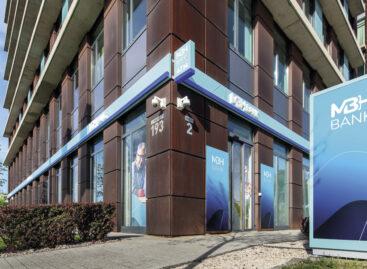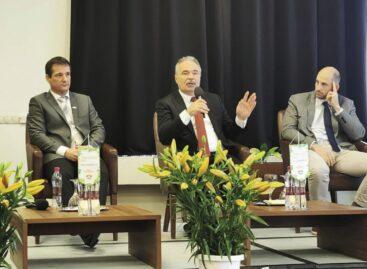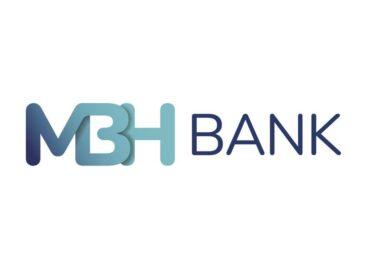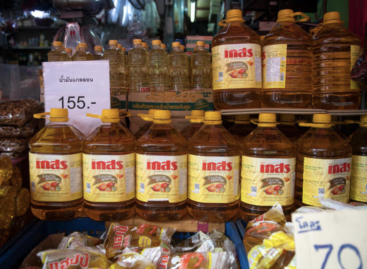Actors in the food economy are more optimistic than before
As expected, the value of the Takarék AgrárTrend Index continued to decrease, but only slightly, in the last quarter of 2022. At the end of the year, the profitability of many enterprises of animal breeders was restored, but the impact of the high fuel price and the reduction of purchase prices due to the large volume of grain imports, which prompts many to store, is definitely felt in the case of plant growers.
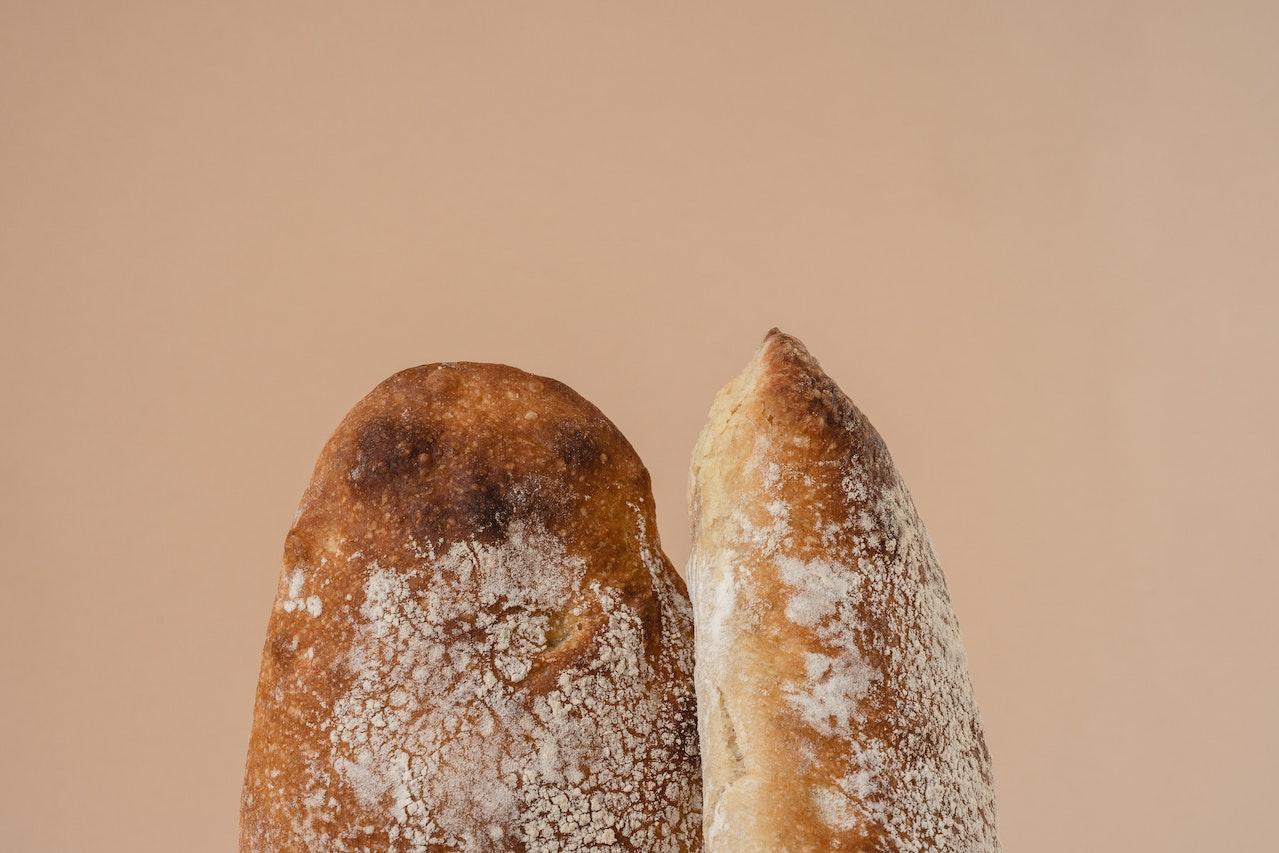
Due to the critically low quantity and poor quality of the crop, the evaluation of the situation of the businesses in the corn product line has deteriorated considerably – it was revealed from the summary of the analysts of MKB Bank and Takarékbank’s Agricultural and Food Business Branch, which was prepared by interviewing the actors of the agricultural sector. According to the experts, the expected stabilization of the macroeconomic environment can be a reason for confidence.
“Recently, the sector has been hit by many difficulties, but this also pointed out the areas in which we definitely need to make progress,” said Dávid Hollósi, Managing Director of MKB Bank and Takarékbank’s Agricultural and Food Business, including the food industry development, expansion of irrigation and sustainability. “A new era has begun in agriculture. We have to decide in which sectors Hungary can break out, and this requires a long-term strategy. From the financier’s side, we have the necessary knowledge, stability and expertise, and by thinking responsibly together with our customers, we can provide adequate support for adaptation.”
In the fourth quarter of 2022, the value of the Takarék AgrárTrend Index, an agri-food industry confidence indicator that precedes official statistics, fell to 29.5 points on the 48-point scale, based on the situation assessment of customers, interprofessional organizations and banking group analysts. The current value represents a drop of 0.1 points compared to the previous quarter, and a drop of 2.2 points year-on-year. The decrease has been continuous since the end of 2021, but compared to the 1.1 points measured in the second quarter of 2022 and the 0.4 points experienced in the third quarter, its pace slowed further and practically stopped. However, there is still no sub-sector that would reach the 3-5 percent growth path, which is considered the equilibrium level, and the 35 points that represent stable price and income conditions at all points of the product paths.
Related news
MBH Bank – The biggest merger in Hungarian banking history
On 30 April 2023, the merger of MKB Bank and…
Read more >Zsendülés conference in Szeged – Organisation, efficiency and cooperation are the future of horticulture
On 2 March about 250 representatives of the horticulture sector…
Read more >On the long weekend of May 1, MKB Bank and Takarékbank will merge, this is what customers need to know about the transition
On April 30, with the legal merger of MKB Bank…
Read more >Related news
Corporate leaders’ commitment to sustainability at record level
According to the latest data from the K&H Sustainability Index,…
Read more >FAO food price index rose slightly in June due to higher prices of meat, dairy products and vegetable oils
The Food and Agriculture Organization of the United Nations (FAO)…
Read more >What can cause the price of a wine to increase tenfold?
There are fewer of them worldwide than the number of…
Read more >
